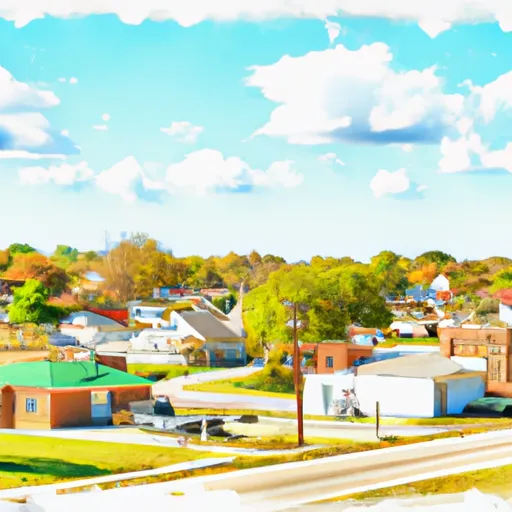°F
°F
mph
Windspeed
%
Humidity











Willow Springs, Missouri, is a small city located in the southern part of the state. It experiences a humid subtropical climate with hot summers and mild winters. The annual average temperature is around 59°F (15°C), with temperatures ranging from the low 30s°F (-1°C) in winter to the high 80s°F (around 31°C) in summer. The area receives around 40 inches of precipitation annually, with rainfall distributed throughout the year.
Hydrologically, Willow Springs is situated near several rivers, including the North Fork River and the Eleven Point River. These waterways offer excellent opportunities for outdoor recreation, such as fishing, canoeing, and kayaking. Anglers can find various fish species, including bass, trout, and catfish.
In addition to water-related activities, Willow Springs provides ample opportunities for outdoor enthusiasts. The city is surrounded by picturesque landscapes and forests, making it ideal for hiking, camping, and wildlife observation. The Mark Twain National Forest, located nearby, offers extensive trails and camping spots for visitors to explore. The area's natural beauty combined with its diverse outdoor activities make Willow Springs a delightful destination for nature lovers.
Weather Forecast
Willow-Springs receives approximately 1160mm of rain per year, with humidity levels near 85% and air temperatures averaging around 14°C. Willow-Springs has a plant hardyness factor of 6, meaning plants and agriculture in this region thrive during a short period during spring and early summer. Most plants will die off during the colder winter months.
Regional Streamflow Levels
10
Cubic Feet Per Second
32
Cubic Feet Per Second
112
Cubic Feet Per Second
1
Cubic Feet Per Second
Nearby Camping
| Camping Area | Reservations | Toilets | Showers |
|---|---|---|---|
| Crossett RV Park | |||
| Grand Marais County Park | |||
| Chemin - A - Haut State Park | |||
| Willow Beach | |||
| Tar Camp | |||
| Cane Creek State park |



